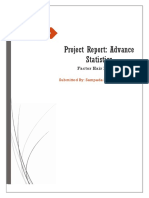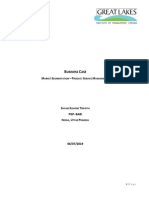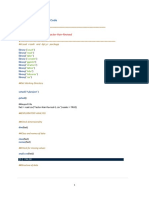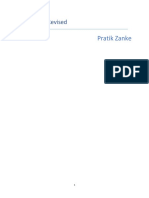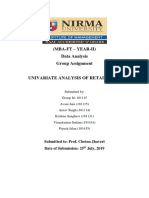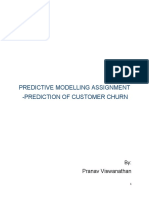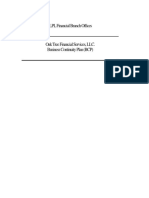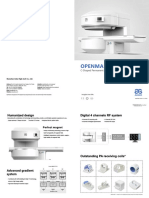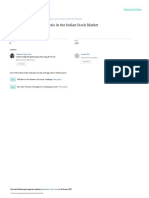0% found this document useful (0 votes)
187 views18 pagesAdvance Stats Assignment
1. The objective of the project is to build an optimal regression model to predict customer satisfaction levels based on various factors using a dataset with 100 entries and 13 variables.
2. Exploratory data analysis was conducted including checking for missing values, outliers, and variable identification. Correlations between variables were also examined.
3. Principal component analysis identified 4 key factors that explained most of the variance in the data, which were then used in a multiple linear regression model to predict customer satisfaction levels.
Uploaded by
Satyam SharmaCopyright
© © All Rights Reserved
We take content rights seriously. If you suspect this is your content, claim it here.
Available Formats
Download as PDF, TXT or read online on Scribd
0% found this document useful (0 votes)
187 views18 pagesAdvance Stats Assignment
1. The objective of the project is to build an optimal regression model to predict customer satisfaction levels based on various factors using a dataset with 100 entries and 13 variables.
2. Exploratory data analysis was conducted including checking for missing values, outliers, and variable identification. Correlations between variables were also examined.
3. Principal component analysis identified 4 key factors that explained most of the variance in the data, which were then used in a multiple linear regression model to predict customer satisfaction levels.
Uploaded by
Satyam SharmaCopyright
© © All Rights Reserved
We take content rights seriously. If you suspect this is your content, claim it here.
Available Formats
Download as PDF, TXT or read online on Scribd
/ 18


